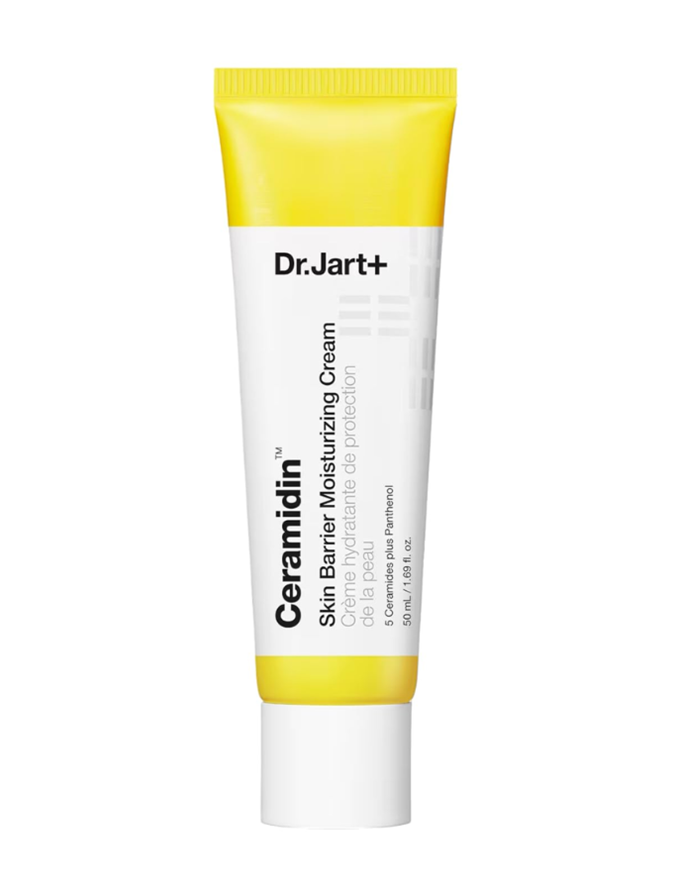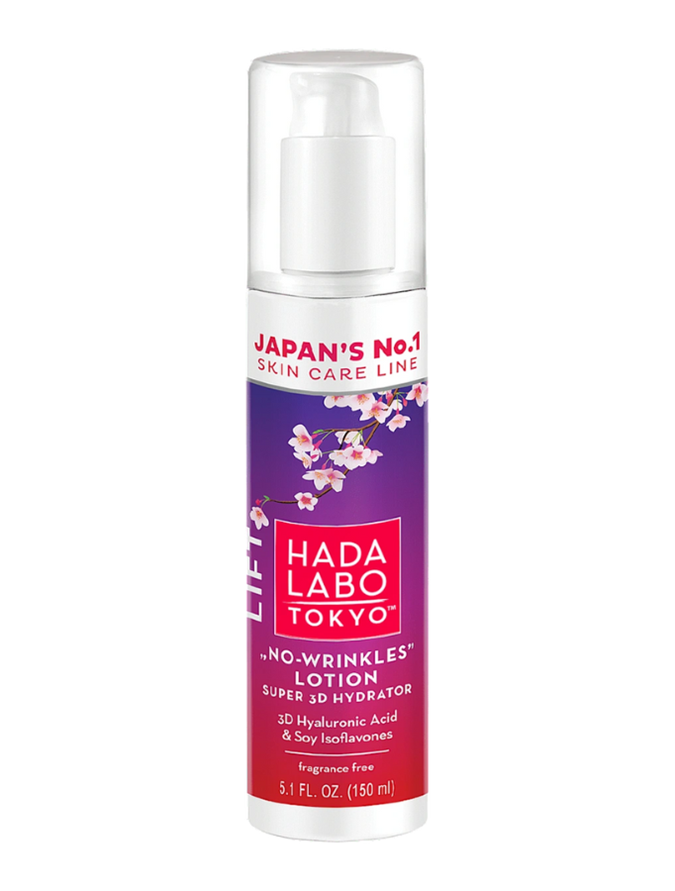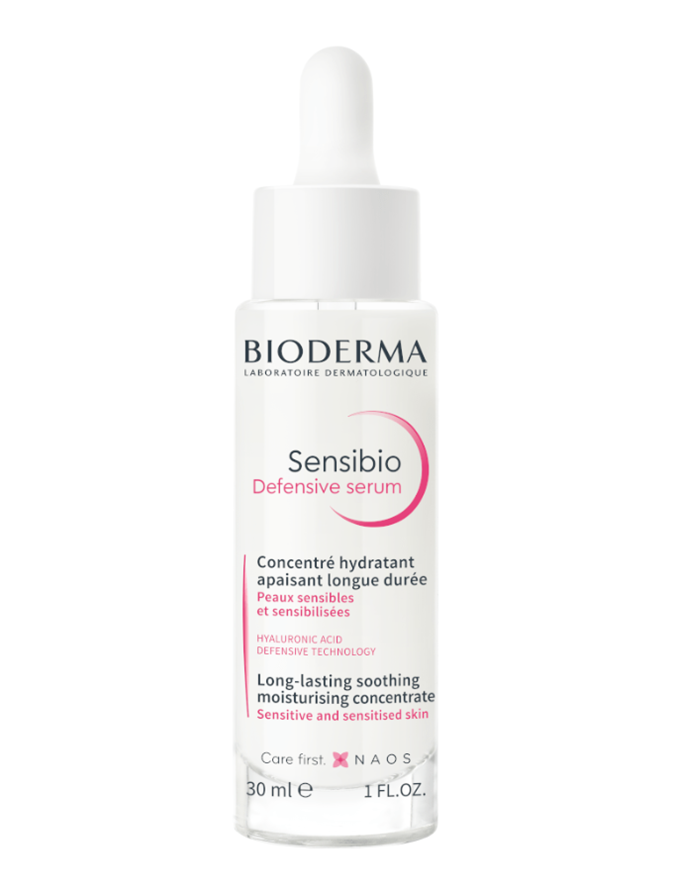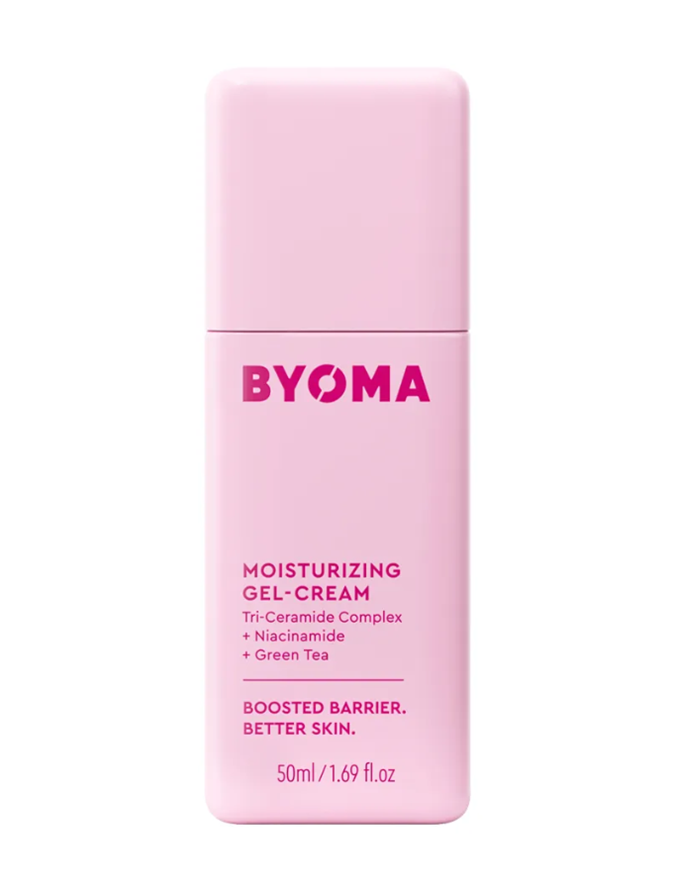5 expert rules for healthy skin this winter

Top tips for making it out of the cooler months alive
Much like our wardrobes, our skin care routines require seasonal overhauls.
During summer, the skin care ingredients we use and the facial treatments we try are all determined by the warm temperatures and sun exposure synonymous with the season.
Similarly in winter, the bracing chill and lack of humidity has visible effects on the skin, such as dryness and dehydration.
But in Dermal Clinician James Vivian's opinion, prepping your skin and adapting your skin care routine for the cooler months doesn't have to be an involved task. In fact, he swears by a few simple rules to ensure the skin stays healthy during winter. While Elisa Osmo, Advanced Dermal Therapist and Founder of Glow Medispa, claims that there are just a handful of in-clinic treatments that are deemed as the gold standard for skin maintenance in winter.
Ahead, the duo shares their top tips for helping your skin to survive winter and prep for the warmer months ahead.
1/ Use skin care ingredients that replenish moisture levels
Vivian recommends seeking out ingredients that help to replenish the loss of moisture in the skin, which can occur due to dehydration from heaters and sensitive winter skins. He says that soothing and hydrating ingredients such as hyaluronic acid, ceramides, aloe vera, sodium PCA, and glycerine and low-dose AHAs and PHAs are all excellent choices in winter.
Try: Viviology Liquid Exfoliant (usually $55, now on sale for $38.50 from Adore Beauty) / Dr. Jart+ Ceramidin Skin Barrier Moisturizing Cream (usually $80, now on sale for $45.95 from Lila Beauty) / Hada Labo No-Wrinkles Lotion Super 3D Hydrator ($39.95 from Adore Beauty)



2/ Be gentle with your skin
Although winter is a great time to incorporate treatments that require a bit of downtime into your skin care routine, Vivian says to pay attention to how your skin reacts, because being gentle where possible could be the defining factor that stops your skin from being dehydrated in winter.
"Prevention is always better than cure, so prevent dehydration before it occurs by ensuring a healthy skin barrier," he explains.
"Adapting your skincare routine after in-clinic treatments is crucial to support skin recovery and maximise results," Osmo concurs. "After treatments like microneedling or a chemical peel, you should avoid harsh exfoliants or active ingredients like retinol for three to five days to prevent irritation or inflammation."
"Instead, focus on gentle, hydrating and barrier-repairing products like a soothing moisturiser and hydrating serum to keep the skin nourished," she explains.
"Ingredients such as ceramides, amino acids, omegas and shea butter help to act as a band aid, retaining skin moisture and reducing hypersensitivity that the harsh winter weather often brings," Vivian explains.
Try: La Roche Posay Cicaplast Baume B5+ ($36.99 from Chemist Warehouse) / Bioderma Sensibio Soothing Defensive Serum ($46.99 from Chemist Warehouse) / BYOMA Moisturizing Gel Cream ($27 from Sephora)



3/ Wearing SPF isn't just a summer activity
"SPF is a 365 day proposition," says Vivian. "In fact, there is the potential for more sun damage to occur in the winter months as many of us relax on our application."
"UVA radiation penetrates through clouds and windows and can be just as strong during the winter months," he went on to say.
In order to protect yourself, he advises using SPF year round as a daily sun protection strategy and he's a big fan of a wide brimmed sun hat too.
"Wearing SPF is so much about future-proofing our skins so that we have less issues to deal with later on in life," the dermal clinician explains. "It truly is an investment in our skin's future."
4/ It's the perfect time to try a treatment that requires down time
"In winter, we often recommend more active treatments like microneedling, peels, and skin tightening therapies, as the reduction of sun exposure minimises the risk of photosensitivity," Osmo explains to us.
"Enzyme peels [are] gentle peels [that] use natural enzymes to exfoliate the skin without harsh abrasion, helping to remove dead skin cells and promoting a smoother, glowing complexion during winter," she continues.
Microneedling creates tiny micro-channels in the skin, allowing products to penetrate deeper and work more effectively. It's fantastic for rejuvenating the skin, boosting collagen production, reducing fine lines, and enhancing skin tone and texture, she tells us.
"The cooler months are ideal for microneedling, as our skin tends to feel more lacklustre and we're less exposed to the heat and sun, making it the perfect time for this treatment," she explains.
"My ideal yearly routine would involve starting with more resurfacing and rejuvenating treatments in the cooler months to prepare the skin for a refreshed look come spring and summer," she went on to say.
"As we approach warmer months, I would then focus on maintenance treatments like LED therapy and brightening facials, while always ensuring a consistent SPF application to protect the skin post-treatment," she explains. "LED therapy is great for stimulating collagen production, reducing inflammation, and calming the skin. It’s a perfect winter treatment since it helps combat dullness and boosts skin radiance."
5/ Prioritise hydration in the clinic as well as at home
Adding a hydrating mask to your routine will give your skin the extra boost it needs to stay plump and hydrated throughout winter, says Osmo.
"Hydrating facials and masks often involve ingredients like glycerin, hyaluronic acid, and ceramides, which help support and reinforce the skin's moisture barrier," she explains. "As the weather cools, our skin can become compromised and more prone to dehydration. Hydrating facials, which use nourishing ingredients help to replenish moisture and improve skin texture."
"A gentle, hydrating peel such as one containing lactic acid, can help remove dead skin cells that may block moisture from penetrating the skin. This allows your skincare products to work more effectively and better penetrate the fresh, new skin that's been revealed," she went on to say.
Some clinics also offer treatments that infuse hydrating serums directly into the skin, providing long-lasting moisture to support your skin's natural barrier.
"One example is oxygen infusion, which delivers hyaluronic acid, vitamins A, B, and C along with hyperbaric pressurised oxygen, into the epidermal layers of the skin. They’re especially beneficial during the winter months when the skin can become dry and dull," she explains.
Not only do oxygen infusion facials help to replenish hydration and improve overall skin health, they also promote collagen production, leaving the skin plump, radiant, and refreshed.
There's no better time of the year than winter to try an in-clinic facial — here are the best facials in Sydney, handpicked by the BEAUTYcrew Team.
Main image credit: @hoskelsa

Briar Clark got her start in the media industry in 2017, as an intern for Marie Claire and InStyle. Since then, her keen interest in fashion and beauty has landed her gigs as a Digital Content Producer and Beauty Editor with titles like Girlfriend, Refinery29, BEAUTYcrew and beautyheaven. She loves the way seemingly innocuous topics like skin care and style have the ability to put a smile on people’s faces or make them think about themselves a little differently. A big believer in self love and experimentation, Briar has made a point of becoming the Australian beauty industry’s unofficial guinea pig for unusual treatments and daring hair trends. When she’s not testing out the latest beauty launches, Briar is big on broadening her horizons, mostly in the form of food but she’s also partial to travelling to new destinations both near and far (and of course, allocating an extra bag to bring their best beauty offerings home with her).






